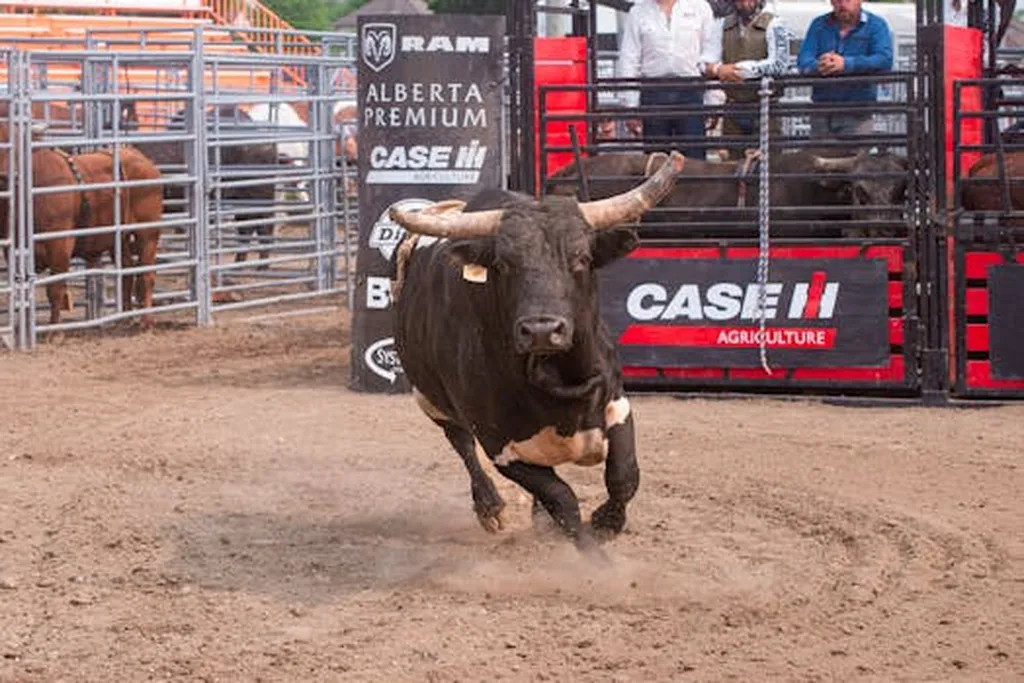In the quest to understand the intricate world of cattle rumen microbiomes, a groundbreaking study led by Feifei Guan from the National Key Laboratory of Agricultural Microbiology at the Chinese Academy of Agricultural Sciences has unveiled significant differences between the rumen microbiomes of beef and draft cattle. Published in the journal *Animal Microbiome* (translated from Chinese as “动物微生物组”), this research employs high-throughput single-cell genome sequencing to provide a strain-resolved comparison, offering insights that could revolutionize the agricultural and energy sectors.
Traditionally, metagenomic sequencing has provided a broad overview of rumen microbial content, but Guan’s team took a more precise approach. By utilizing single-cell genome sequencing, they were able to delve into the microbial communities at the strain level, revealing nuanced differences that could have substantial commercial implications.
The study focused on Angus cattle, known for their superior meat quality, and Wuling cattle, renowned for their draft capabilities. The results were striking. Angus cattle exhibited a higher bacterial abundance in their rumen, with an enrichment of the Succiniclasticum and Limivicinus genera. In contrast, Wuling cattle showed a higher archaeal abundance. “This difference in microbial composition could partially explain the variation in fat content and muscle activity between the two breeds,” Guan explained.
One of the most compelling findings was the variation in microbial-derived enzymes responsible for plant fiber degradation and volatile fatty acid (VFA) production. Angus cattle harbored a higher diversity and abundance of cellulases and hemicellulases, particularly from the Ruminococcus unknown_0 genus. This suggests that Angus cattle may have a stronger VFA production capacity, which is crucial for energy flow in the rumen ecosystem.
The study also identified key contributors to VFA production, including genera such as Succiniclasticum, Butyrivibrio, Limivicinus, UBA2868, and Prevotella. Additionally, the researchers observed a greater abundance of Methanobrevibacter_A methanogens in Wuling cattle, which play a vital role in the rumen’s energy dynamics.
The implications of this research are far-reaching. Understanding the rumen microbiome at such a detailed level could lead to targeted interventions to improve cattle health, enhance meat quality, and optimize energy production. For the energy sector, this could mean more efficient biofuel production from agricultural waste, as the enzymes involved in plant fiber degradation are crucial for converting biomass into energy.
Guan’s work highlights the potential of single-cell genome sequencing to uncover the complexities of microbial communities. As we continue to explore these microscopic ecosystems, we may unlock new ways to harness their power for the benefit of agriculture and beyond. This research not only sheds light on the unique physiological and metabolic needs of different cattle breeds but also paves the way for innovative solutions in the energy sector.

